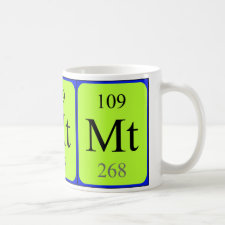
Authors: Yu JY, Hu XL, Li DP, Wang HL
Publication date: 2010
Article title: Molecularly imprinted polymer microspheres prepared by precipitation polymerization for the binding and recognition of roxithromycin.
Page numbers: Art. No. 5515319
DOI: 10.1109/ICBBE.2010.5515319
Publisher: IEEE
ISBN: 2151-7614
Conference information: 4th International Conference on Bioinformatics and Biomedical Engineering (iCBBE), 2010
Abstract: In the presence of a template molecule, roxithromycin (RM), novel molecularly imprinted polymer (MIP) microspheres were prepared by one-step precipitation polymerization using methacrylic acid (MAA), ethylene glycol dimethacrylate (EGDMA) and 2'2-azobisisobutyronitrile (AIBN) as functional monomer, cross-linker and initiator, respectively. The scanning electron microscopy exhibited that the imprinted polymers synthesized were uniform spheres with the diameter of about 3μm. The results of equilibrium rebinding experiments showed that the binding ability of imprinted microspheres to RM was much higher than that of non-imprinted ones and the imprinted polymers possessed a fast adsorption dynamics. Scatchard plot analysis revealed that there were two types of binding sites formed in the imprinted polymer microspheres. The dissociation constant and the apparent maximum binding capacity were 2.63 x 10-2 μmol/mL and 14.65 μmol/g for the high affinity binding sites and 1.05 μmol/mL, 83.16 μmol/g for the low affinity binding sites. The specificity of the imprinted microspheres was investigated by binding analysis with RM and its analogues, erythromycin (EM), azithromycin (AM) and erythromycin ethylsuccinate (EE). Compared to those three structurally similar compounds, the imprinted microspheres exhibited a high selective recognizable capacity towards the template. The results of this study implied that the obtained imprinted microspheres can be utilized as specific absorbents for the separation, enrichment, and analysis of roxithromycin in environmental water or food. © 2010 IEEE
Template and target information: roxithromycin, RM
Author keywords: molecularly imprinted microspheres, precipitation polymerization, Roxithromycin, selectivity



Join the Society for Molecular Imprinting

New items RSS feed
Sign-up for e-mail updates:
Choose between receiving an occasional newsletter or more frequent e-mail alerts.
Click here to go to the sign-up page.
Is your name elemental or peptidic? Enter your name and find out by clicking either of the buttons below!
Other products you may like:
 MIPdatabase
MIPdatabase









